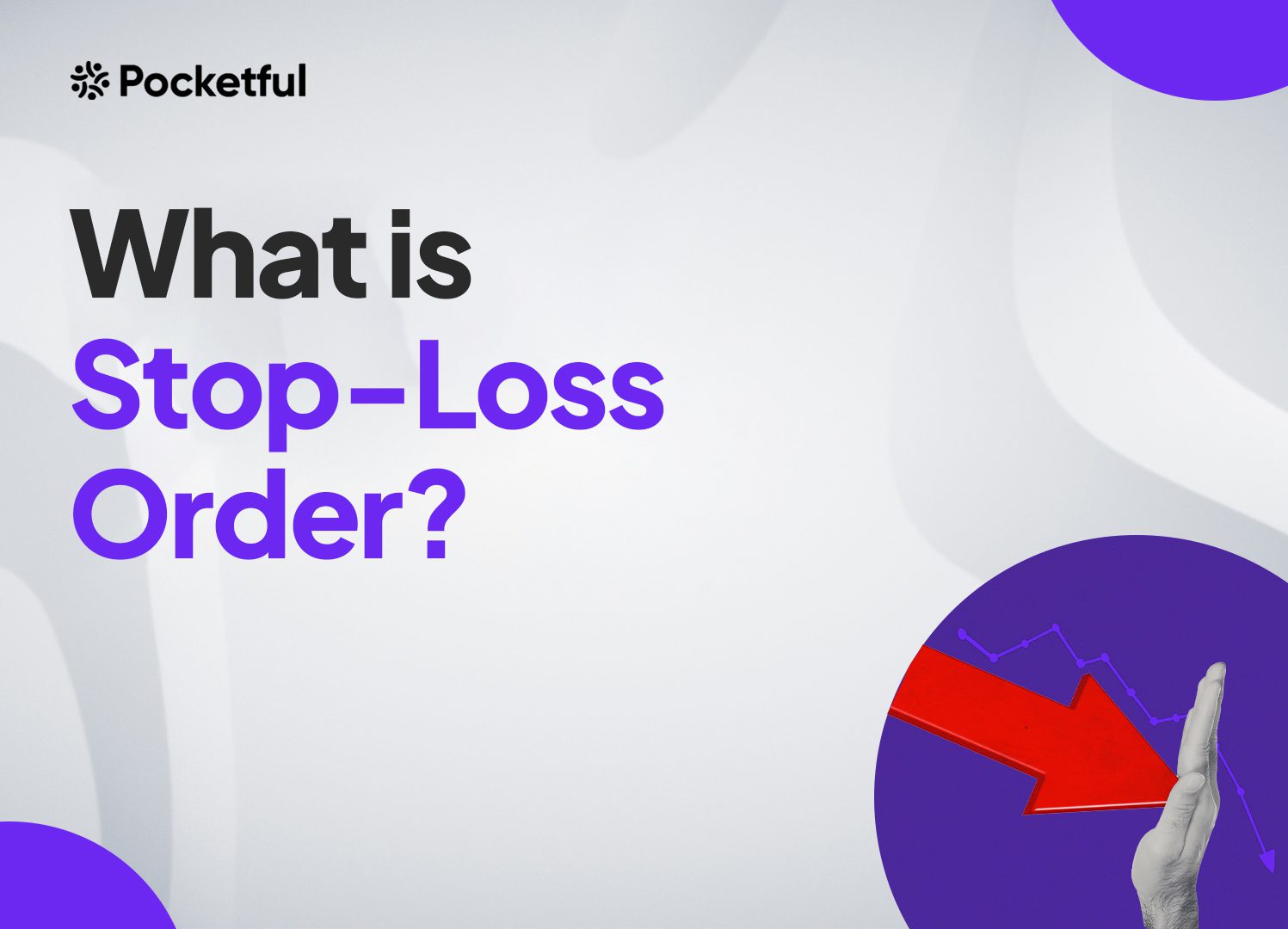Before making any trades in the stock market, traders need to establish their own rules and guidelines. If they are novices, they must learn the art of using a stop-loss. The phrase “stop-loss” is frequently used in the trading community and is employed by nearly all profitable traders.
Read our blog for an overview of stop loss, its types, advantages, and disadvantages.
What is a Stop Loss?
Stock market traders use a stop-loss to guard against losing money on any kind of investment. It’s a directive given to the trading platform, telling it to square off any position (long or short) as soon as the price hits a specific level. It is not mandatory to use stop-loss in every trade, but it is always suggested that it is used as it minimizes the risk of substantial loss of capital.
Features of Stop Loss Order
A stop-loss order has the following features:
- The trading system automatically executes the stop-loss orders.
- Using a stop-loss order helps traders to control their emotions while making decisions.
- Stop-loss is an important tool in a volatile market where prices change rapidly.
- You can easily change the stop-loss as per the movement of stock price.
- Typically, placing a stop-loss does not incur any additional cost.
Types of Stop Loss Orders

There are several types of stop-loss, a few of which are mentioned below-
- Fixed Stop-Loss Order: These stop-loss orders have the price set at a fixed level. If the stock price hits that fixed level, only a limit order is entered into the system, and the order will only be filled if the price hits the investor-specified level. It is usually preferred by investors who prefer a constant stop-loss level.
- Trailing Stop-Loss Order: This dynamic order modifies the trigger price if the market moves favourably and is used to lock in profits or limit potential losses. The order is expressed as a percentage of the asset price. If the price rises, the trailing stop-loss automatically moves up. Similarly, in the case of a short position, as the asset price goes down, the trailing stop-loss automatically moves down.
- Stop Loss-Market Order: In this order, a trader sets a trigger price, generally below the current price in case of a long position or above the current price in case of a short position. If the price touches the trigger price, a market order is immediately sent into the exchange to square off the open positions. However, in the case of a volatile market, the executed price might differ from the trigger price.
Factors to Consider Before Using Stop Loss Order

There are several factors that an investor should consider before placing a stop loss:
- The most important factor one should consider is placing stop-loss based on their risk tolerance capacity.
- The stop-loss also depends on the trading strategy or chart patterns they use.
- Types of trade also define the stop loss as if you are a long-term investor; then you will have a wider stop loss. If you are trading on an intraday basis, then you must have a tight stop loss.
- It also depends on the volatility of the stock price; for example, if the stock is more volatile, then one should have a wider stop loss.
Example: Suppose a trader wishes to buy a moderately volatile stock on an intraday basis and doesn’t want to take substantial risk. Stop loss in such a scenario can be set as 3% below the buying price. Here, it can be seen that the trader doesn’t want to lose more than 3% of the capital on this trade.
Read Also: Lowest MTF Interest Rate Brokers in India | Top 10 MTF Trading Apps
Advantages of Stop Loss Order
A stop-loss order has the following advantages:
- It helps you protect your capital against big losses.
- When a stop loss order has been placed, a trader will be confident that their position will be exited if the price moves in the opposite direction.
- Generally, a trader gets attached to their trades, forcing them to hold their position in expectation of a rebound in prices. Putting a stop-loss will remove the emotions.
Disadvantages of Stop Loss Order
A stop-loss order has the following disadvantages:
- Market volatility can trigger a stop-loss order and then move in the favourable direction, resulting in losses even when the trader’s view is correct.
- A gap up or gap down in case of a stop-loss limit order can cause the order to go unfulfilled, resulting in a loss greater than specified in the stop-loss order.
Read Also: How to Start Stock Market Trading With Low or Limited Capital
Conclusion
Stop loss is a practice a trader uses to avoid substantial losses when the direction of trade goes against the predicted movement. But one should remember that placing stop loss is a risk management tool that can help you limit your losses. Along with this, it also limits your profit. Along with placing a stop loss, one should consult their investment advisor before entering any trade.
Frequently Asked Questions (FAQs)
How does a stop-loss order work?
A stop-loss order works in a manner where the stock price reaches a certain level, and the trader’s position will be automatically squared off.
Can we place a stop-loss order in volatile market conditions?
Yes, placing a stop-loss order in a volatile market condition is essential as it protects your capital in case of sudden price fluctuations.
What are the types of stop-loss orders?
The types of stop-loss orders are fixed stop-loss orders, trailing stop-loss orders and stop-loss market orders.
Do brokerage houses charge any fees for placing stop-loss orders?
No, brokerage houses do not charge any kind of fee for placing a stop-loss order, whereas if the stop-loss order is executed, they will charge a certain amount as brokerage.
Can I trade without a stop loss?
Yes, you can trade without placing a stop-loss order, but it is suggested that you use stop-loss to protect your capital.

